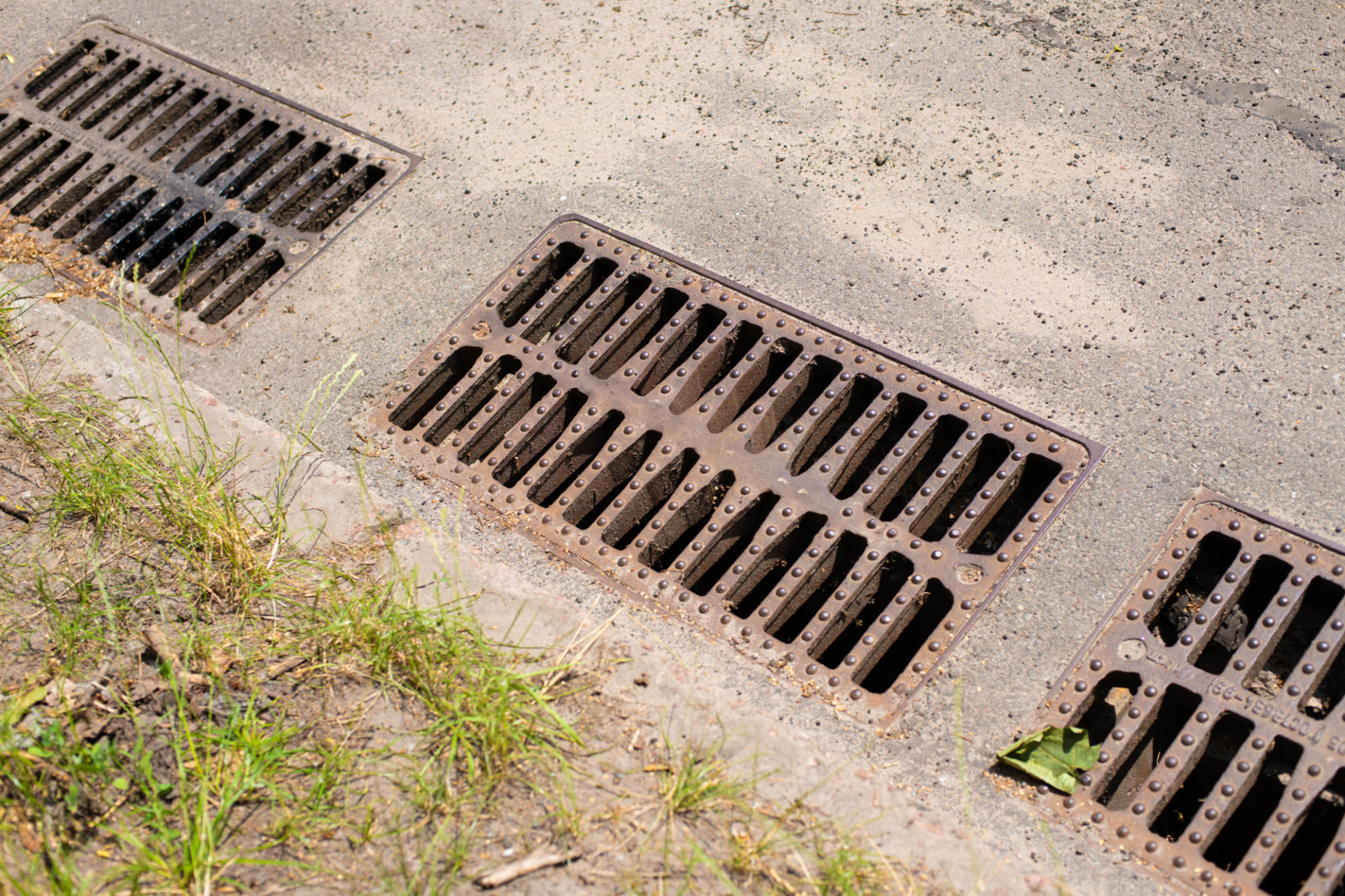DIY Guide: Summer Water Conservation Tips Using Bio-Swales
As summer approaches and temperatures rise, conserving water becomes a top priority for environmentally conscious homeowners. One effective and natural way to manage water runoff and promote conservation is through the use of bio-swales. These landscape features not only help in managing stormwater but also enhance the aesthetic appeal of your garden.

What are Bio-Swales?
Bio-swales are landscape elements designed to concentrate or remove silt and pollution from surface runoff water. They consist of a gently sloped drainage course with vegetation or compost, which helps in slowing and filtering the water. By integrating bio-swales into your garden, you can effectively manage rainwater and reduce your dependence on municipal water systems.
Benefits of Bio-Swales
Implementing bio-swales in your garden offers numerous benefits. Not only do they enhance the beauty of your landscape, but they also provide a habitat for wildlife, help in recharging groundwater, and reduce the risk of flooding. Moreover, bio-swales can help filter pollutants, improving the quality of water that enters local waterways.

How to Design a Bio-Swale
Designing a bio-swale requires some planning to ensure it functions effectively. Start by identifying a low-lying area in your garden where water naturally collects. The swale should be shaped like a shallow, wide ditch, with a gentle slope to guide water flow. Use native plants that are well-suited to your climate and can thrive in both wet and dry conditions.
Materials Needed
- Soil mix (a combination of sand, compost, and topsoil)
- Native plants
- Mulch
- Stones or gravel for lining
Once you've gathered the necessary materials, you can begin the construction process. Excavate the area to create the swale, ensuring the slope is even and leads water away from your home and towards a designated area for absorption.

Maintaining Your Bio-Swale
Maintaining a bio-swale is relatively simple. Regularly check for debris that might block water flow and remove it. Prune and take care of the plants to ensure they are healthy. Monitor the swale during heavy rains to ensure it is functioning correctly and adjust the slope if necessary.
Additional Tips for Water Conservation
Alongside bio-swales, there are other methods you can employ to conserve water during the summer:
- Install rain barrels to collect and store rainwater for garden use.
- Use mulch around plants to retain soil moisture.
- Implement drip irrigation systems to minimize water waste.
By integrating these strategies with a well-designed bio-swale, you can significantly reduce your water usage and contribute to environmental sustainability.